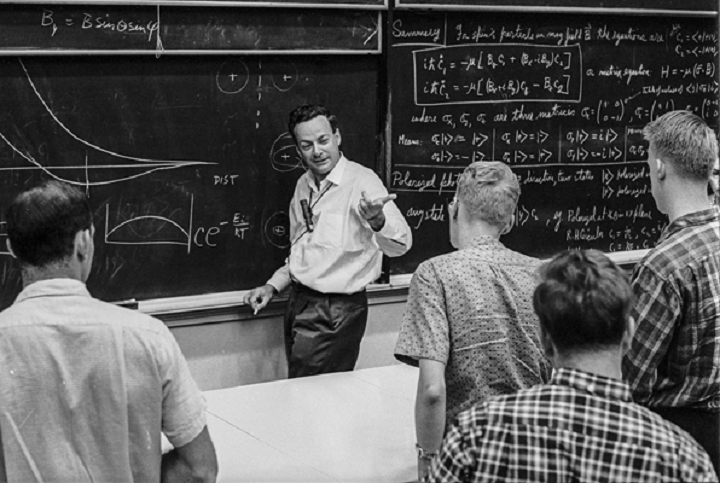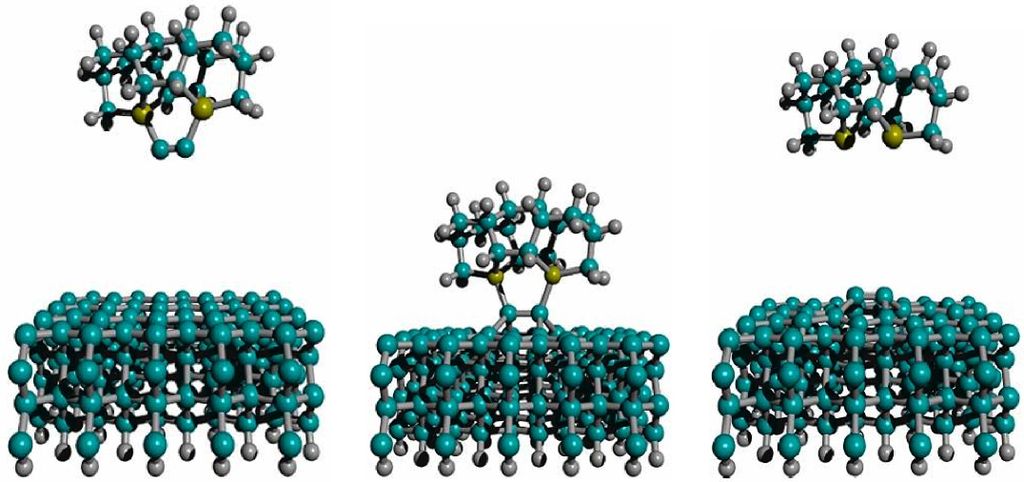
In 1959, physicist Richard Feynman delivered a seminal lecture at an American Physical Society meeting at Caltech. Titled "There's Plenty of Room at the Bottom", Feynman advanced the ideas of manipulating the atomic structure of materials as a means of creating a new field of synthetic chemistry, and creating tiny machines that could reproduce infinitely smaller machines.
Thought the lecture didn't have a huge impact at the time, by the 1990s, it was being reconsidered as the earliest endorsement of the then-growing field of nanotechnological research. And today, Feynman's vision is being carried on through incentive-based competitions like the Foresight Institute Feynman Prize in Nanotechnology - an award given out every year for significant advancements in this burgeoning field.
Founded in 1986, the Foresight Institute is one of the world's leading think tanks and public interest organizations that is dedicated to pushing the boundaries on transformative technology. In addition to nanotechnology, it aims to promote developments and education in the fields of Artificial Intelligence, biotechnology, and other potentially life-changing fields of research.

Richard Feynman at the American Physical Society meeting at Caltech in 1959. Credit: kiss.caltech.edu
The Foresight Institute Feynman Prize (FIFP), which was first awarded in 1993, takes its cue from the first prize to bear Feynman's name (which he established himself). In 1959, Feynman concluded his lecture at Caltech by issuing two challenes, and offered a prize of $1000 to the first individuals who could solve each one.
The first challenge involved the construction of a tiny motor, while the second challenge involved the possibility of scaling down letters small enough so that it would be possible to fit the entire Encyclopædia Britannica on the head of a pin - i.e. writing the information from a book page onto a surface 1/25,000 smaller in linear scale.
Feynman's prizes were awarded in 1960 and 1985, respectively. The first challenge was achieved by November of 1960 by William McLellan, a meticulous craftsman who, using conventional tools, was able to craft a tiny machine motor. The second was claimed by Tom Newman, a Stanford graduate student who successfully reduced the first paragraph of A Tale of Two Cities to 1/25,000 of its original size.

A molecular "planetary gear system" is one nanotechnological concept currently being considered. Credit: Walterdenkens/Wikipedia commons
Today, the stakes are a bit higher, but the FIFP carries on in the same tradition of incentivizing the creation of working,stability scalable nanotechnology. From 1993 to 1996, a single prize was awarded biennially. But since 1997, two prizes of $10,000 have been awarded annually in the categories of Theory and Experimental nanotechnology.
These awards are issued to "researchers whose recent work has most advanced the achievement of Feynman's goal for nanotechnology: molecular manufacturing, defined as the construction of atomically-precise products through the use of molecular machine systems," be it in the field of theory or practice.
The Foresight Institute also offers the Feynman Grand Prize, a $250,000 award to be given to the competitor to create both a nanoscale robotic arm capable of precise positional control and a nanoscale 8-bit adder. Similar to the Longitude Prize, the Orteig Prize, the Kremer Prize, and the Ansari X Prize, this grand prize is intended to stimulate a major breakthrough in its respective field.
So far, the Grand Prize has yet to be claimed. But every year, new and exciting ideas are submitted that have helped to advance the field of nanotechnology and molecular manufacturing that much farther.

Diagram showing the process of molecular manufacturing, where materials are built atom by atom. Credit: foresight.org
For example, last year's Theory award went to Dr. Amanda S. Barnard of Australia's Industrial Research Organisation (CSIRO) for her development of a computational method for studying the stability of carbon nanostructures. Dr. Barnard has been recognized in the past for her work with graphene, nanotubes, and diamond nanowires. But it is her work on diamond nanoparticles (nanodiamonds) that has the greatest impact in the area of molecular nanotechnology.
Meanwhile, the 2014 Experimental award went to Dr. Joseph W. Lyding, a professor with the University of Illinois' Department of Electrical and Computer Engineering and the Beckman Institute, for his work in hydrogen depassivation lithography. In this process, a scanning tunneling microscope (STM) is used to transfer patterns and structures onto atomic surfaces, similar to arranging materials at the atomic scale.
Who knows where this will all lead? Already, the development of materials like graphene and carbon nanotubes - which are both little more than carbon atoms arranged in specific configurations - is leading to a revolution in electronics and materials science. But as Feynman asked in his Caltech lecture: "What would happen if we could arrange the atoms one by one the way we want them?"
Why I imagine we'd be looking at nothing less than a whole bunch of "engines of creation" (to quote Eric K. Drexler). Robotics and biomachinery could be assembled out of simple cells and atoms to perform specific tasks. Precious metals and other resources could be manufactured out of base materials. And tiny machines could build even tinier machines, enabling endless possibilities and explosive growth.
Then again, it's possible this could all devolve into a pig pile of "grey goo" as well! As always, the future is unpredictable...
Top Image Credit: Salvador-Morales Laboratory of Nanotechnology








